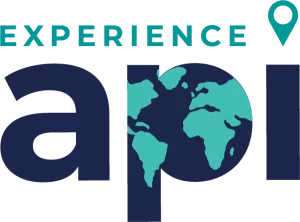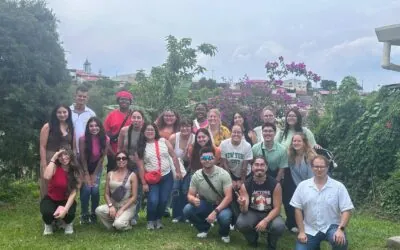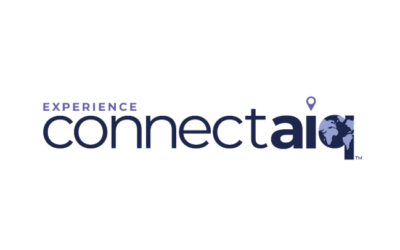This post comes to us from API’s Content Marketing Coordinator, Rachel Skinner.
In March, API sent three representatives to the 5th Annual Diversity Abroad Conference in Minnesota. Conference attendees included Ryan Ingalls (University Relations Coordinator), Hannah Olevson (University Relations Coordinator), and myself – Rachel Skinner (Marketing Content Coordinator). In addition, API was excited to sponsor API Bhutan Alumnus and current API Global Leader, Benjamin Concepcion, who attended Diversity Abroad’s Global Student Leadership Summit (GSLS).
For all three of us, this was our first time attending a Diversity Abroad Conference and we couldn’t have been more thrilled! Attending this conference and interacting with other professionals in the field, university partners, TRIO offices, and fellow program providers gave us a better look into how API represents diversity in the international education field.
Coming together with many of our university partners as well as other university representatives from across the US provided a great opportunity to see how diversity, especially in terms of inclusion, is promoted on the university side of study abroad. While program providers do attract students with our unique program opportunities and our outreach, it is also up to the university to create a welcoming, inclusive community for their student population who study/intern/volunteer/etc. abroad. As a member of API’s Marketing department, I especially wanted to explore how these offices bring inclusivity to their outreach efforts on campus. One of the best aspects of this conference is being able to see different university and provider’s success stories in creating genuinely diverse camaraderie whereby students of all types are offered the opportunity to discover themselves abroad in these different cultures across the globe.
Our API alumnus, Benjamin Concepcion, was selected by Diversity Abroad to be one of only 50 students to attend the Global Student Leadership Summit (GSLS). The conference encouraged these students to reflect on how being a minority student impacted their experience abroad. In addition, these students who represented study abroad locations from every corner on the globe discussed how their identities, both visible and invisible, affected how they interacted with the host culture as well as dealing with these experiences and identities with US culture once they returned. While I have been fortunate enough to travel and study abroad, I haven’t experienced an extended period where I felt like I didn’t belong or visually didn’t fit in (beyond going to a country where I didn’t speak the language!). Interacting with these students and inspired me as they shared their experiences with being minorities and navigating personal identities that set them apart from their host cultures. Not having much exposure to this feeling previously, I feel great respect for these students and sharing their unique perspectives helped myself as well as the other professional attendees truly understand what it means to be a member of a diverse population abroad.
This conference energized me to further expand API’s outreach to help underrepresented diverse populations go abroad. While I learned a great deal from the multitude of different session and panels, one of the key takeaways I discovered included the importance of diversity in terms of both “visible” and “invisible” identities. While visible identities are more simple to see and accommodate, students with more “invisible” identities can often be missed. Visible identities may be racial diversity, religious diversity, or ethnic diversity. Often the identities that fall under this diversity umbrella include more “invisible” identities such as LGBTQ+, first generation students, student veterans, community and specialty school students, immigrant/exchange students, student athletes, male study abroad students, and even underrepresented majors abroad such as STEM majors, etc. When we think about diversity, the visible identities come first but so many students are impacted by invisible identities, often multiple visible and invisible identities that affect how they view the world and how different people and cultures interact with them.
This lesson was just one the many I learned from this conference so thank you to the Diversity Abroad team for such a great conference as well as the API team for sending me! An even bigger shoutout to the GSLS students who shared their truly unique and inspirational stories with the conference as a whole to remind us why we do what we do!







